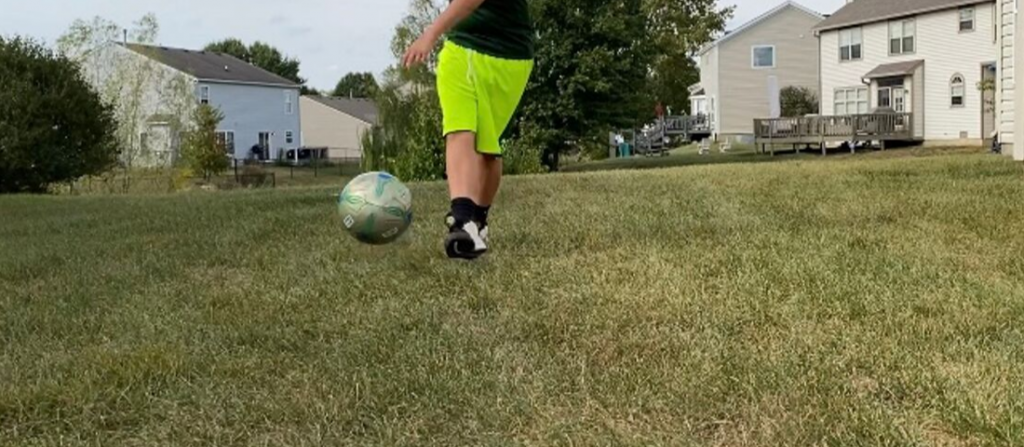All kids should learn to throw and kick. As kids grow and develop through play, they naturally develop strategies to move in both acceleration and deceleration pathways.
This occurs as their strength levels develop, their body and spatial awareness develops, and their desire to compete rises so does the demand to be able to move more effectively.
Kicking and Throwing
There are two skills that are becoming more devoid in global youth development…
- Kicking
- Throwing
Kids might focus solely on one. For example, a young European child might kick a ball the moment they can walk, but never learn to throw. Or, a child from Cuba might throw a baseball from an early age, but never kick a ball. In the absence of the other skill comes a deficit in body control.
Throwing is a top down a skill with an emphasis on using the lower body to block so momentum of the upper body and arm speed can be realized.
Kicking is a bottom up approach when the opposite lower body leg plants to allow the foot to swing through, yet the upper body contralateral rotation allows the kicking leg to create speed.
In both cases, a serial coordinated pattern must exist for the throw and kick to occur efficiently. Each skill demands the speed of the limb to be created by a “blocking” action of a non-competing body segment.
When a throw occurs, the front opposite leg firmly lands to allow the mid and upper body to move forward and rotate culminating with a fast arm action to release the ball.
In kicking the opposite leg also firmly plants creating stability for the kicking leg to swing through, but it is the opposite direction rotation of the upper body which creates the stability for the leg to have power in its kicking motion.
Why Develop?
Okay, who really cares about all the reasons a throw or kick takes place?
The point is, the sequential patterns are awesome for young kids to learn. They teach the bottoms up and top down approach to stability and throw or kick speed.
All kids should develop these skills as they become great motor patterns for the warehouse.
The problem with taking dodgeball and kickball out of physical education is the kids don’t learn to throw and kick. When teaching PE, my throwing unit and kicking unit culminated with fun games that allowed the kids to express the skills. While they were playing, I could give simple cues to aid in their performance.
Being able to quickly stabilize with one side of the body to allow the other to perform a skill is important in the development of human athletic movement.
I encourage all parents, PE teachers, coaches, and trainers to teach kids the skills of throwing and kicking. Early on, teach them to throw and kick from both sides to challenges coordination and learning steps up.
A great way to warm kids up is to have them throw and kick at low levels. The entire body is involved, and great awareness is gained for the workout to come.

